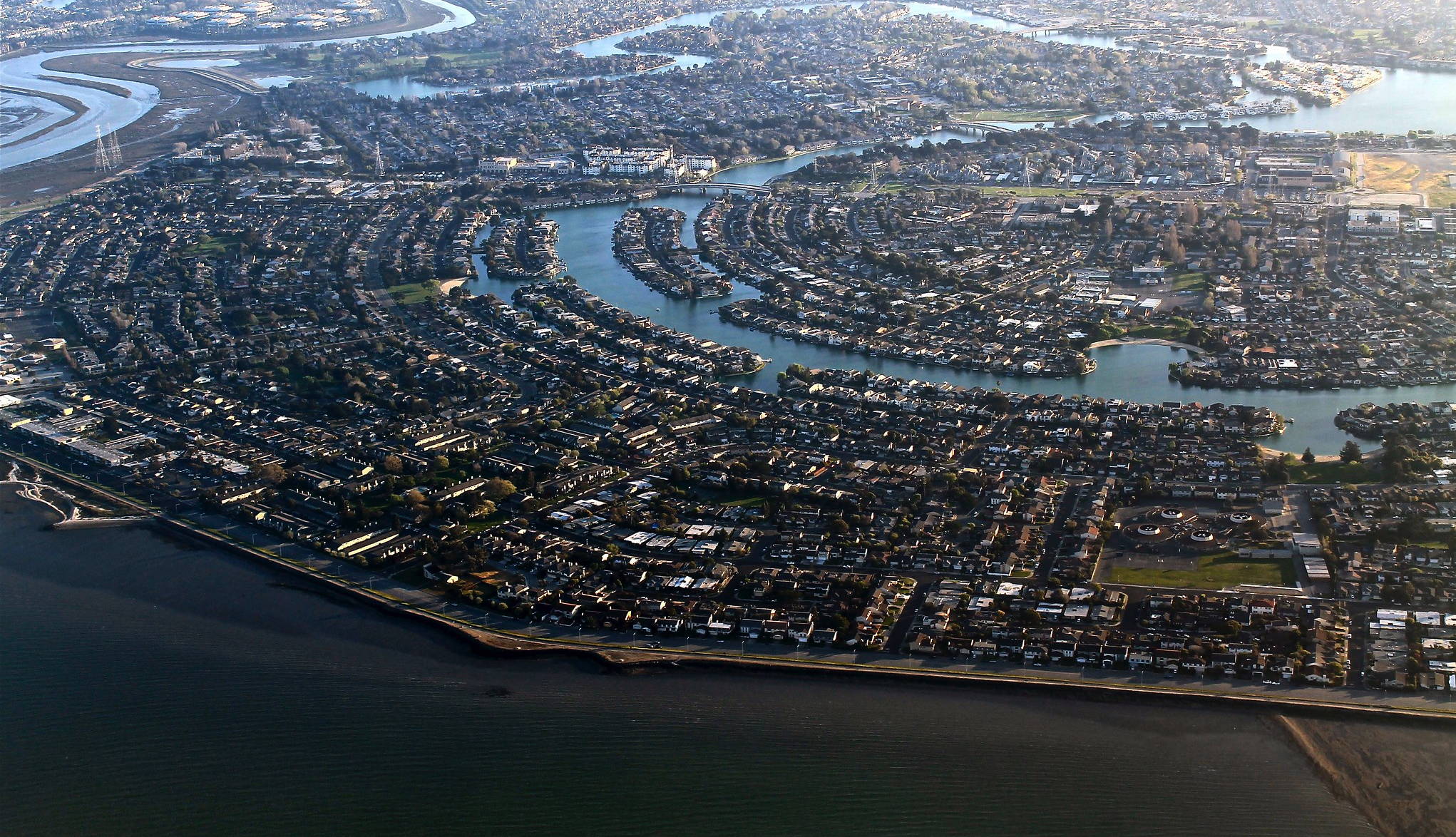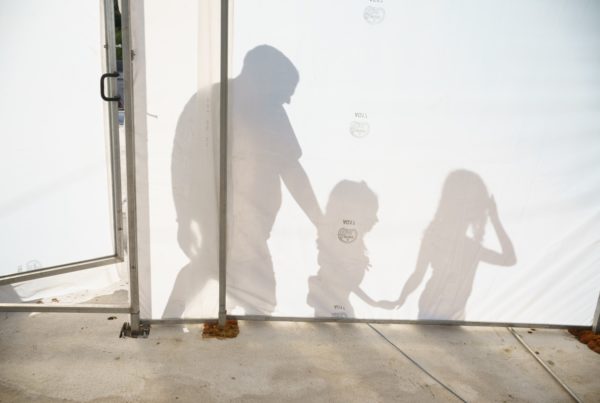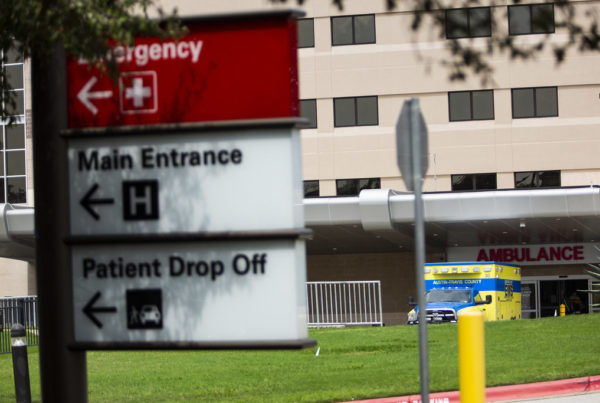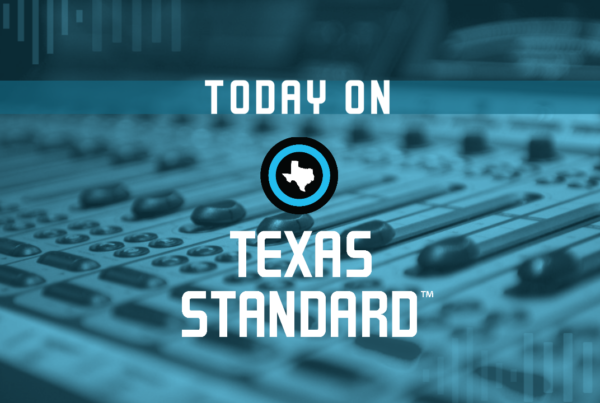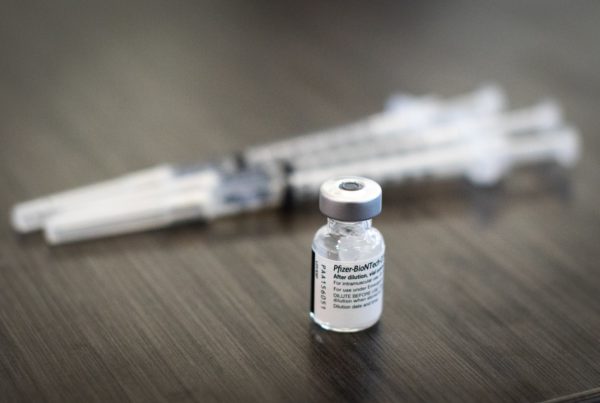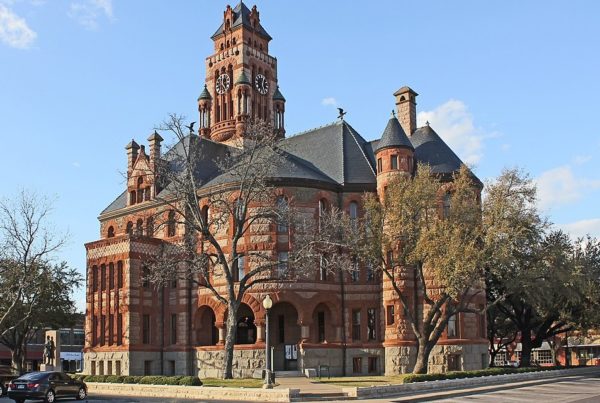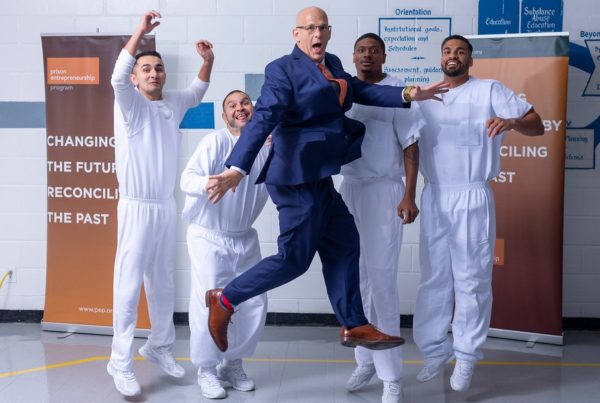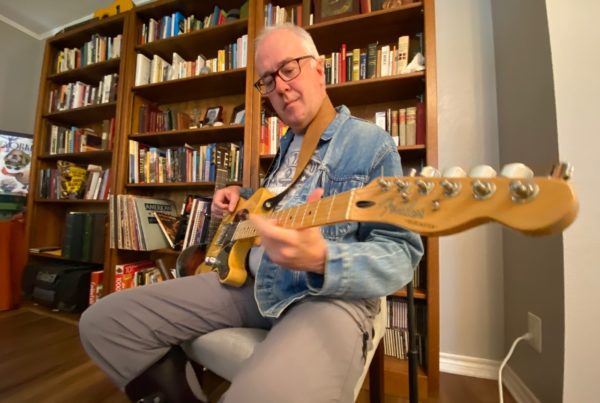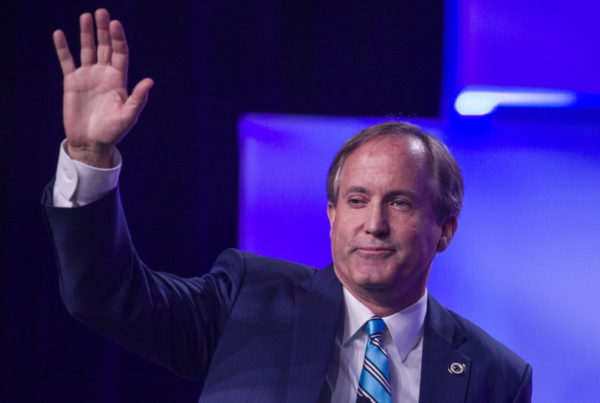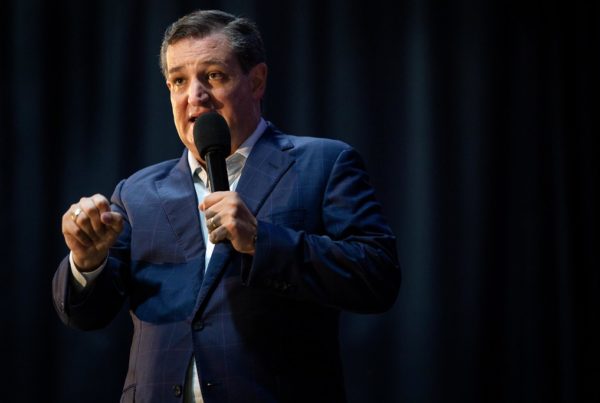Austin is already the least affordable city in Texas. And with a new Tesla factory coming soon, along with high-profile expansions into the area by Oracle and Apple, some locals wonder if the potential for economic growth will be outweighed by the kinds of problems currently plaguing Silicon Valley like high housing costs and income inequality.
Michael Agresta is a writer-at-large for Texas Monthly. His latest article, “No, Austin Won’t Become Silicon Valley 2.0,” tries to tackle some of the pros and cons of more big tech making its way to the Texas capital city. He told Texas Standard that though tech has been a player in the Austin economy for decades, the scale of the enterprises moving to or expanding in Austin now is new. That’s a familiar situation for residents of Northern California, who saw the port city of San Francisco, and the former agricultural area to its south, become the nation’s technology hub – Silicon Valley. But Agresta argues there are many ways in which Austin is different than the San Francisco Bay area.
“We’re not just following in lockstep in the history of the Bay Area,” Agresta said.
Restrictive zoning in Silicon Valley, Agresta argues, led to massive increases in housing costs as residents and local government favored low-density development. He says Austin has learned from these errors, and is promoting higher-density residential development in the city. Austin rewrote its land development code, passed a $250-million housing bond and finally approved money for expanded rail lines, which he says will make it easier to get new housing built, and for people to move around the community.
“Austin is making decisions that the Bay Area didn’t make at this early stage in their growth,” he said.
Agresta says many Texans are wary of making the mistakes that Bay Area communities made, regardless of whether they view the world from a more libertarian stance or one that’s more focused on preserving affordability.
“We’re going to build in our own way and create a new city,” he said. “It’s not just going to be another San Francisco.”


